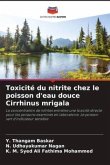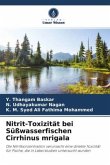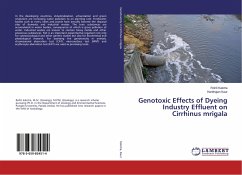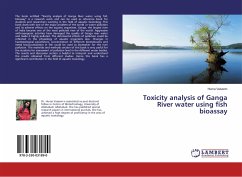During acute treatment of nitrite, the fish Cirrhinus mrigala showed various behavioural changes such as restlessness, abnormal swimming, behaviour, loss of balance, copious secretion of mucous and spreading of excess mucous all over the body surface, hyper excitability, loss of scales, floating upside down with abdomen directed towards, rapid opercular movement, gulping of air, asphyxiation and finally jerky movement before the death. In the present study during acute and sublethal treatment the hemoglobin and hematocrit values of fish Cirrhinus mrigala were decreased both at acute and sublethal nitrite treatment. It may be attributed to the destruction of blood cells or a defect in the Hb molecules during nitrite toxicity. Significant decrease in RBC count during acute and sublethal nitrite treatment may be due to a decrease in nonspecific immunity of the fish due to stress or it may be due to accumulation of nitrite in the organs like gill, liver and kidney which may cause internal hemorrhage resulting in a decrease in the number of red blood cells. WBC count during acute and sublethal treatment may be attributed to immunological suppression of the cells by nitrite.
Bitte wählen Sie Ihr Anliegen aus.
Rechnungen
Retourenschein anfordern
Bestellstatus
Storno








